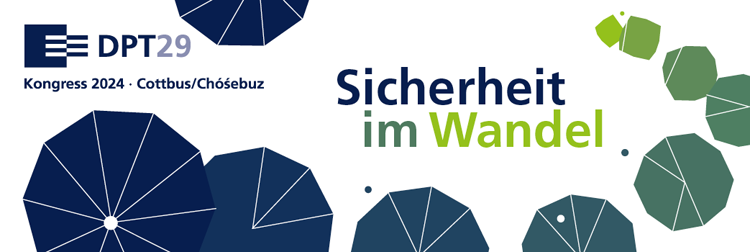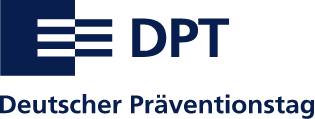A technical fix to keep kids safe online? Here’s what happened last time Australia tried to make a ‘clean’ internet
More news about the topic
As early as 1998, an Australian Broadcasting Authority report noted a key difficulty in online regulation. Namely, balancing adults’ access to legal online spaces and content with restrictions on childrens’ access to age-inappropriate material and bans on illegal content. The Clean Feed proposal attempted to address parental concerns about age-inappropriate websites. First raised in 2006 by Labor in opposition, it became a campaign promise at the 2007 election. The proposal aimed to solve the issue of overseas content. Australian authorities could already require website owners in Australia to take down illegal content, but they had no power over international sites.
To address this, the Clean Feed would require internet service providers to run a government-created filter blocking all material given a “Refused” classification by the Australian Classification Board, which meant it was illegal. Labor argued the filter would protect children from “harmful and inappropriate” content, including child pornography and X-rated media. The Australian Communications and Media Authority created a “blacklist” of websites that the filter would block.
www.praeventionstag.de

